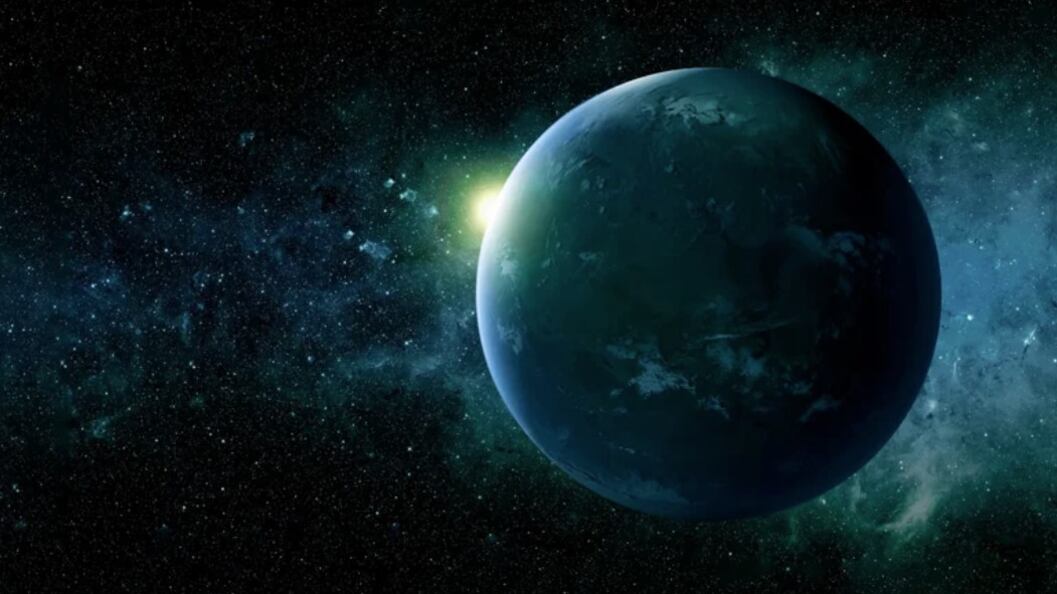The NASA has released amazing images and data that show the atmospheric composition of distant worlds, bringing us closer than ever to the exciting possibility of finding life beyond our solar system and, perhaps, more habitable “Earths” floating in the cosmos.
Since its launch, the James Webb Space Telescope (JWST) has been a discovery machine, giving us stunning images and data that have transformed our understanding of the universe. But its mission goes beyond capturing nebulas and distant galaxies; its ability to analyze the light from distant stars as it passes through the atmospheres of their planets is its true ace in the hole for the search for life.
PUBLICIDAD
And now, the Webb has done it again, revealing crucial information about the atmospheres of several exoplanets, some of which could be promising candidates to host habitable conditions.
The “signature” of life: Searching for molecules in distant atmospheres
The Webb method is ingenious. When an exoplanet transits (passes in front of) its host star, the star’s light passes through the planet’s atmosphere (if it has one). The JWST is incredibly sensitive and can detect the very slight absorptions of that light caused by specific molecules present in that atmosphere. It’s like a cosmic barcode reader. The presence of certain gases, especially in particular combinations, could be a “signature” or bioindicator of biological processes.
The new data released by NASA, which has been echoed by Space.com and National Geographic, not only confirm the existence of atmospheres on several of these worlds but also begin to reveal their composition. Although NASA has not directly confirmed the presence of life, the detection of molecules such as water vapor, methane, or carbon dioxide in the atmospheres of some rocky exoplanets, especially those located in the habitable zone of their stars (where liquid water could exist), is a monumental step. These findings are crucial to understanding whether these worlds have the necessary conditions to sustain life as we know it.
As Dr. Clara Santos, an astrophysicist at NASA’s Jet Propulsion Laboratory, explains, who has worked on analyzing this data: “Each spectrum we obtain from Webb is like a molecular fingerprint. We are looking for patterns that tell us not only that there is an atmosphere, but what kind of chemistry is developing there. Finding atmospheres with the right ‘mixtures’ in the habitable zone is the Holy Grail.”
More “Lands” out there: Is it just a matter of time?
These discoveries not only fuel the hope of one day finding another “Earth”, but also refine our understanding of how planetary systems form and evolve. By analyzing the variety of atmospheres, scientists can begin to classify exoplanets in a deeper way, identifying those that have the right conditions for life.
The “images” referred to by NASA are not direct photographs of these worlds with enough resolution to see continents (not yet). They are artistic visualizations based on Webb’s spectroscopic data, which help us imagine what these worlds could be like. But the important thing is the science behind it: we are transitioning from detecting exoplanets to analyzing them in detail, searching for the basic ingredients of life.
The James Webb telescope continues its journey of discoveries, and each new set of data brings us closer to answering one of humanity’s most fundamental questions: are we alone in the universe? With Webb pointing its golden eye towards the stars, the answer seems closer than ever to being a resounding “no.”
